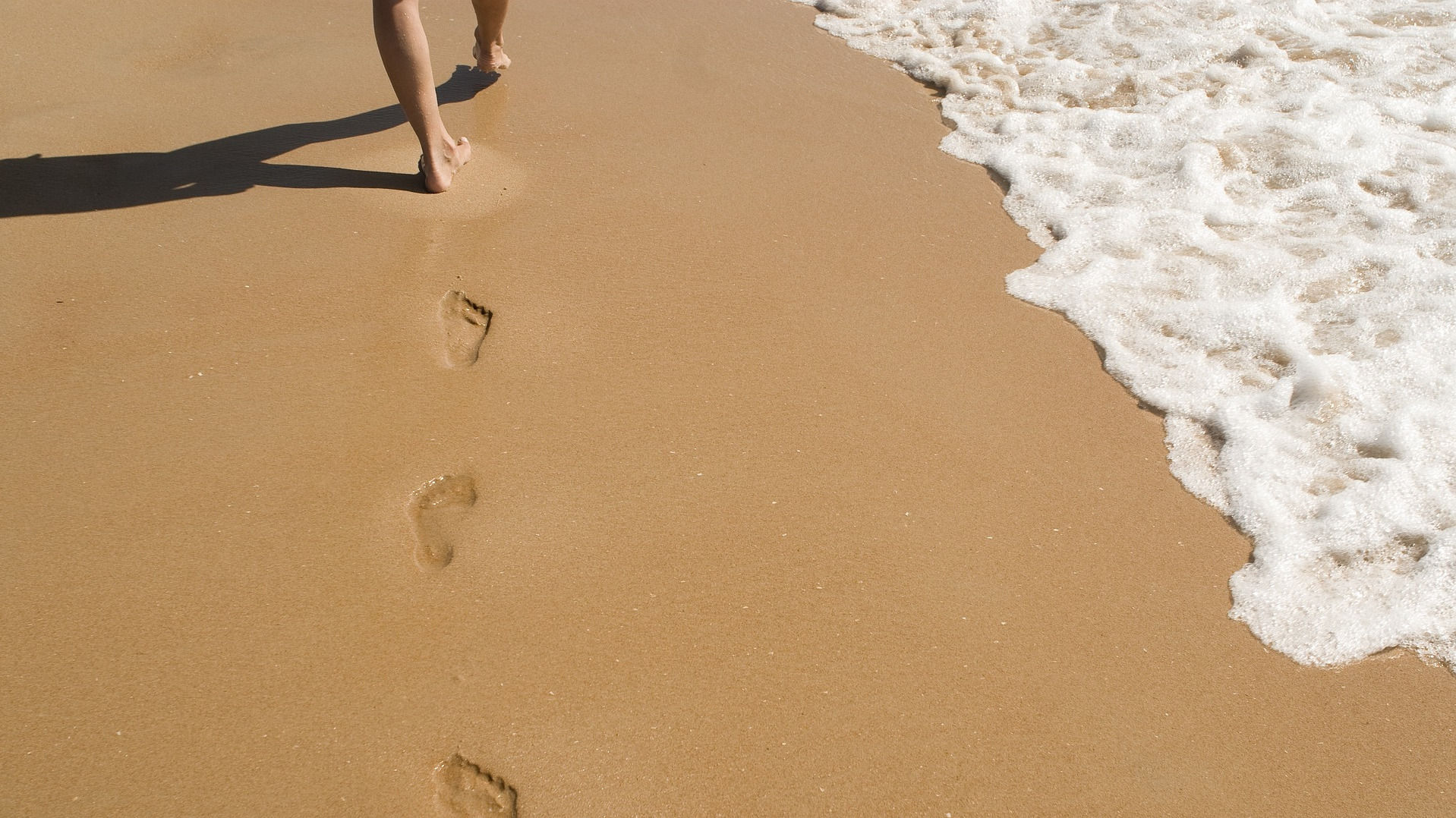Cracked Heels: Causes, Prevention, and Remedies
Walking barefoot on the sand, feeling the grass beneath your toes, or enjoying a day in open-toed sandals can be delightful- until you notice your feet. Cracked heels, or heel fissures, are common issues ranging from mild dryness to painful, bleeding cracks. They can make walking uncomfortable, affect your confidence, and, in severe cases, pose a risk of infection. Fortunately, with proper care, you can restore your heels to health.
What Causes Cracked Heels?
Cracked heels develop when the skin on your heels becomes dry, thick, and unable to withstand pressure or friction. Here are the common culprits:
- Dry Skin/Lack of Moisture: Dehydrated skin loses its elasticity, making it more prone to cracking, especially in the thicker skin of the heel.
- Standing for Long Periods: Prolonged standing puts pressure on your heels, increasing the risk of fissures.
- Skin Exposure: Wearing open-back shoes or sandals exposes the skin to the elements, leading to dryness.
- Climate: Dry climates and cold weather can strip the skin of moisture.
- Age: Aging reduces skin elasticity and moisture retention, making cracked heels more likely.
- Poor Circulation: Reduced blood flow can lead to dry skin and slow wound healing. Poor circulation can also be a sign of underlying health conditions.
- Medical Conditions: Diabetes, eczema, psoriasis, and thyroid disorders can predispose individuals to dry, cracked skin.
- Improper Foot Care: Neglecting regular moisturizing and exfoliation can allow dry skin to build up and crack over time.
When to Seek Medical Advice
If your cracked heels are severe, bleeding, or do not improve with home remedies, consult a healthcare professional. Persistent fissures may indicate an underlying medical condition, such as diabetes or poor circulation, that requires attention.
Additional Tips for Healthy Heels
- Stay Hydrated: Drink plenty of water daily to keep your skin hydrated from within.
- Avoid Harsh Soaps: Use mild, moisturizing cleansers to avoid stripping your skin of natural oils.
- Control Underlying Conditions: Manage conditions like diabetes or eczema with the help of a healthcare provider.
- Regular Maintenance: Once your heels have healed, maintain a weekly foot care routine to prevent recurrence.
Preventing Cracked Heels
Prevention is easier than treatment. Here’s how to keep your feet smooth and crack-free:
- Moisturize your feet daily.
- Avoid prolonged cold, dry weather exposure without proper footwear.
- Alternate between open and closed shoes to protect your heels.
- Keep toenails trimmed to prevent additional pressure on the nail bed.
When to Seek Medical Attention
If cracked heels become infected or worsen despite home care, consult a dermatologist or podiatrist. Watch for signs of infection, such as:
- Increased redness or swelling.
- Pus or drainage.
- Severe pain or difficulty walking.
Home Remedies and Natural Cures for Cracked Heels
Cracked heels may be a common problem, but they’re highly treatable with proper care and attention. By following these home remedies, maintaining a consistent foot care routine, and wearing appropriate footwear, you can restore your heels to their smooth, healthy state. For persistent or severe cases, seeking medical advice ensures that underlying issues are addressed and proper treatment is given.
Proper care and consistent treatment can heal cracked heels and restore their smoothness. Here’s how you can tackle the problem:
1. Routine Foot Care
Establish a daily foot care routine to keep your heels in top condition:
- Soak: Fill a basin with warm water, and add 2–3 tablespoons of Epsom salt and a few drops of essential oil. Soak your feet for 20–30 minutes to soften the skin.
- Exfoliate: Gently scrub your heels with a pumice stone or foot rasp to remove dead skin.
- Moisturize: Apply a thick foot cream or petroleum jelly to lock in moisture.
- Protect: Wear clean cotton socks overnight to seal in the treatment.
2. Exfoliation
Removing dead skin is essential for preventing and treating cracked heels.
- How to Exfoliate:
- Soften the skin by soaking your feet in warm water.
- Use a pumice stone or foot file to remove thickened, dry skin.
- Avoid over-scrubbing to prevent irritation or injury.
3. Homemade Sugar or Salt Scrub
This DIY scrub exfoliates and nourishes your skin.
- How to Make:
- Mix ¾ cup of sugar or salt with enough baby oil or coconut oil to create a paste.
- Massage the scrub onto your heels in circular motions for a few minutes, then rinse.
4. Foot Moisturizers and OTC Products
Specialized foot creams can provide quick relief:
- Look for products containing urea, salicylic acid, or lactic acid to soften and exfoliate tough skin.
- Apply moisturizers after soaking or bathing to trap moisture in the skin.
5. Coconut Oil
Coconut oil hydrates and softens the skin while providing antibacterial benefits.
- How to Use:
- Warm a scoop of coconut oil in your hands and massage it onto your heels before bed.
- Wear socks overnight for deeper penetration.
6. Glycerin and Rosewater
A gentle yet effective remedy for softening heels.
- How to Use:
- Mix equal parts glycerin and rosewater and apply to your heels daily.
7. Proper Footwear
Choose shoes that provide:
- Good arch support.
- Adequate cushioning to reduce pressure on your heels.
- Breathability to prevent moisture loss.
8. Protective Measures
Prevent further damage by keeping your feet protected:
- Wear socks with closed shoes.
- Avoid walking barefoot on hard or rough surfaces.


